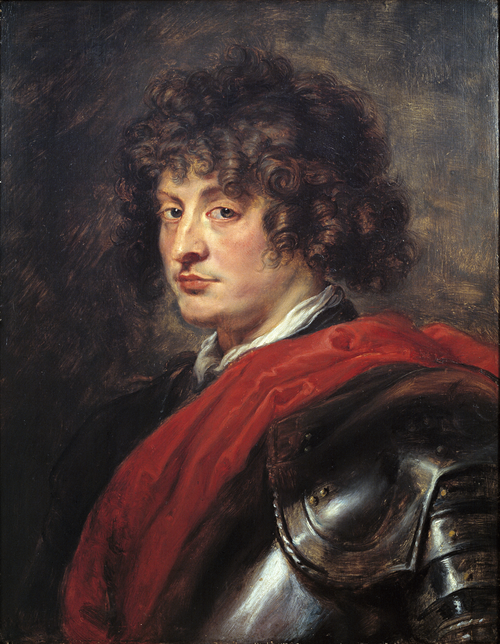
-
- Aug. 28, 2025 / 11 a.m. to noon
- Add to mobile calendar
- Add to Google calendar
The Flemish Baroque refers to art created in the Southern Netherlands under Spanish rule during the late 16th and 17th centuries. The Spanish Hapsburgs governed present-day Belgium, then known as the Spanish Netherlands or Flanders, which was its most prosperous province. Philip II ruled in tandem with the Catholic Church, and by 1609, the Dutch Protestants gained independence, forming their own republic. As a result, the Spanish Netherlands remained a staunchly Catholic region, offering artists numerous opportunities through church and private commissions. Antwerp became a cultural hub in the early 17th century, with prominent painters like Peter Paul Rubens and Anthony Van Dyck working there. The art that emerged was bold, energetic, and often theatrical, reflecting the Catholic Counter-Reformation. This docent-led virtual talk will explore the works of Rubens, Van Dyck, and other key artists from this vibrant period.

Note that you will be muted upon entry and that this talk is being recorded as well as live-streamed. Please save all questions for the end.

✥ ✥ ✥ ✥ ✥
You can find all of our previous Virtual Talks on our Facebook Page (@timkenmuseum). If you would like to support the continuation of our free tours and education programming, please consider donating to the Timken Museum of Art at https://www.timkenmuseum.org/join-support/your-giving/.